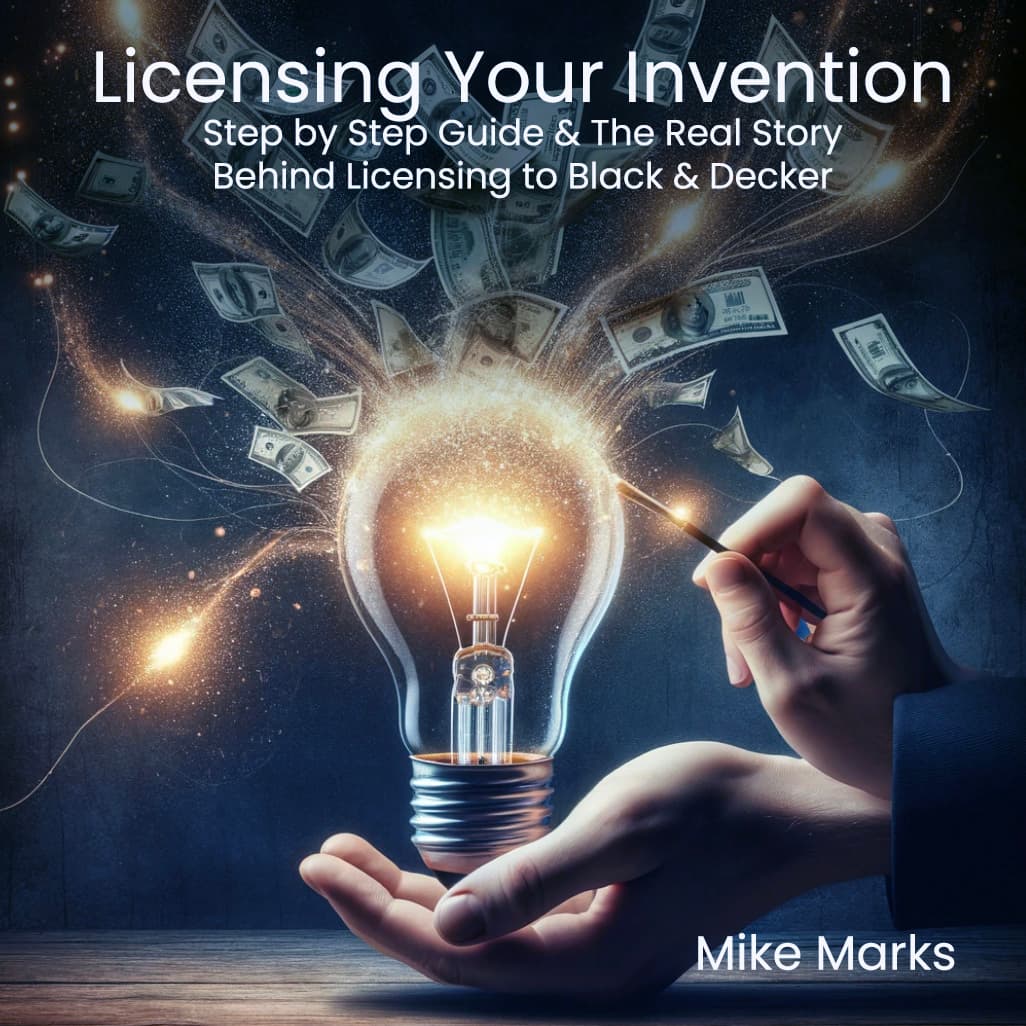
How to License Your Invention
by Mike Marks
Licensing an invention is the easiest path to commercialization and profit: you get paid while someone else takes your invention, turns it into a product and manages the day to day grind of making and selling it.
When you give a company the right to make and sell your invention in return for payment, you are granting a license - you are the licensor, the company is the licensee. The payment can be an ongoing percentage of sales, a royalty, or it can be a one-time payment known as a buyout.
The downsides to licensing are lack of control and a smaller share of profits. The upsides are less work, less investment and less risk. If you want to maximize the potential return from your invention AND you are willing to work extraordinarily hard AND you have the ability to build and manage a business… then licensing might not be the right solution for you. For everyone else it is a path worth serious consideration.
Many inventors harbor the fantasy that someone will pay for an undeveloped idea. While fantasies sometimes come true (someone does win the lottery), you should keep your feet planted firmly in reality. Fortune 500 corporations will only license patented (or patent pending) inventions. Smaller companies are more flexible but also have a strong preference for ideas that are developed and possess some form of intellectual property protection.
The steps to licensing an invention are as follows:
1. Identify & research target companies
2. Approach prime targets
3. Confidentiality agreement
4. Prepare for negotiation
5. Initial presentation
6. Negotiate
7. Marriage
share this article: facebook